Top Mobile App Design Development Trends That Are Shaping 2025
7 Aug 25 

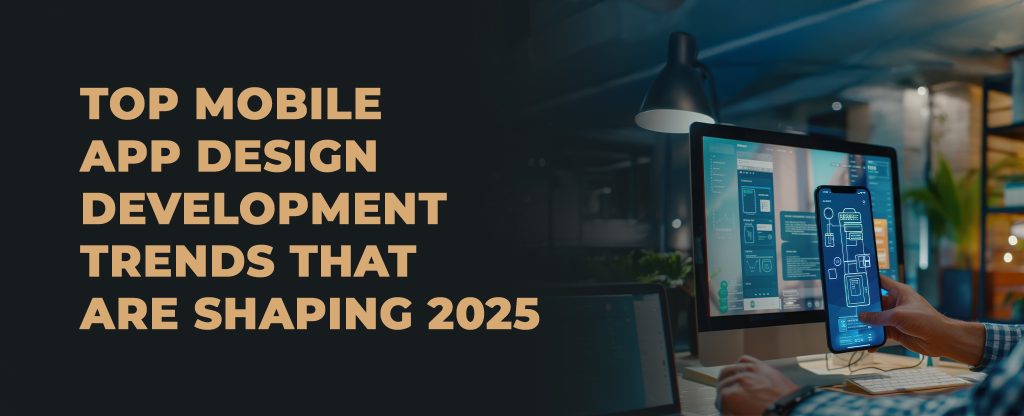
The mobile application landscape has undergone a dramatic transformation since the early days of simple, button-heavy interfaces with plain backgrounds. The mobile ecosystem of today is an advanced fusion of immersive technologies, artificial intelligence, and user-centred design principles that emphasise smooth digital experiences.
The rate of innovation in mobile app development has accelerated as 2025 approaches. Users of today expect intelligent, personalised, and intuitive applications that anticipate their needs and provide lightning-fast performance, going beyond simple functionality expectations. For companies and developers working in the cutthroat mobile market, this change has brought about both previously unheard-of opportunities and formidable challenges.
Key Industry Terminology and Concepts:
Understanding the current mobile app landscape requires familiarity with several critical concepts that define modern development practices:
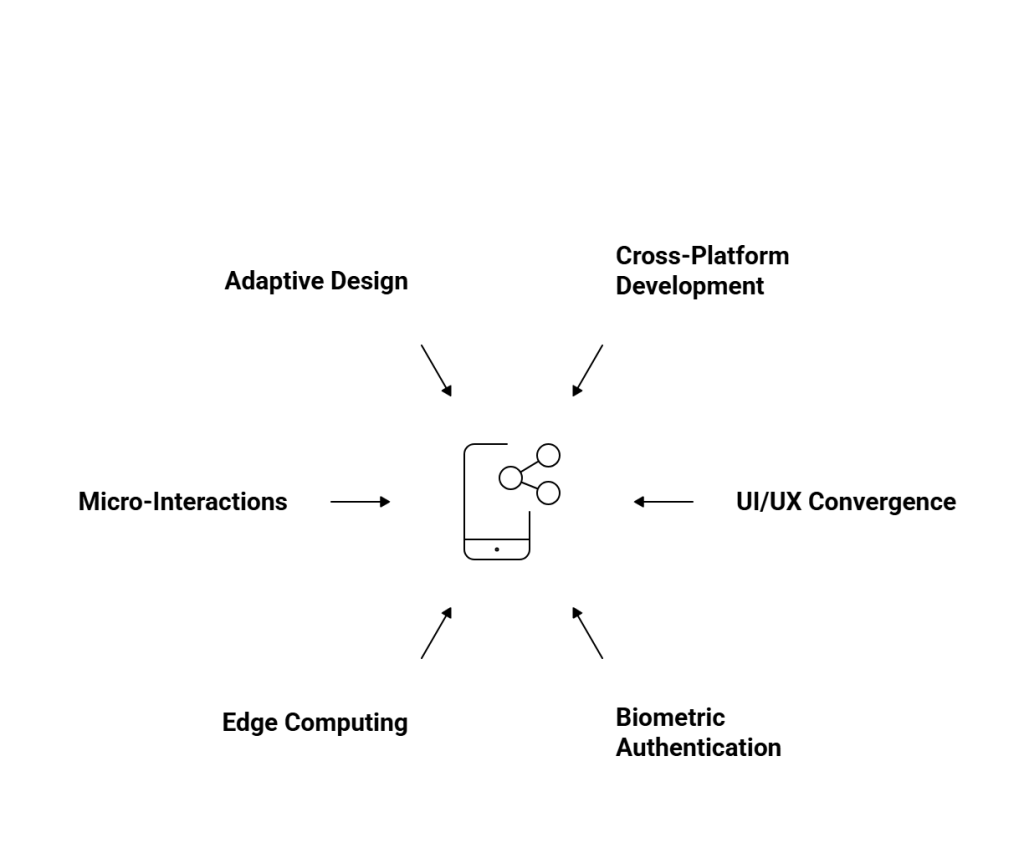
- Cross-Platform Development: Building applications that function seamlessly across multiple operating systems and devices
- UI/UX Convergence: The integration of user interface design with user experience optimization
- Biometric Authentication: Security systems that utilize unique biological characteristics for user verification
- Edge Computing: Processing data closer to the user’s device rather than relying solely on cloud servers
- Micro-Interactions: Small, purposeful animations and responses that enhance user engagement
- Adaptive Design: Interfaces that automatically adjust to different contexts, lighting conditions, and user preferences
The applications that achieve market success in 2025 will be those that strategically embrace emerging technological trends while maintaining unwavering focus on core user values: operational speed, interface simplicity, and seamless cross-device experiences. For business owners developing their next mobile application or developers seeking to maintain competitive advantages, understanding these evolutionary patterns has become absolutely essential rather than merely beneficial.
The 12 Defining Trends of 2025
1. AI-Powered Personalization Takes Center Stage
Artificial intelligence has transcended its status as a marketing buzzword to become the fundamental backbone of modern mobile applications. In 2025, users have developed sophisticated expectations for applications that demonstrate predictive intelligence, understanding their preferences before explicit requests are made.
What This Looks Like:
- Netflix recommending shows based on your viewing mood, not just history
- Shopping apps suggesting products that match your current season and lifestyle
- Fitness apps adjusting workout plans based on your sleep patterns and stress levels
- News apps curating content that matches your reading pace and preferred topics
Why It Matters: There are so many options available to users. An app will gain a user’s loyalty if it can cut through the clutter and show them what they need. Mobile apps’ understanding and service of users is being redefined by AI, which makes personalisation more precise than ever.
Subtle intelligence, or AI that operates in the background without giving users the impression that they are speaking to a robot, is crucial. Smart suggestions from the top apps of 2025 feel helpful and natural rather than intrusive or unsettling.
2. Voice and Conversational Interfaces Become Standard
Traditional typing interactions on small screens are rapidly becoming obsolete as voice interfaces evolve beyond simple command recognition to support full conversational experiences with applications.
Current Applications:
- Banking apps that let you check balances and transfer money through voice commands
- Recipe apps that guide you through cooking steps hands-free
- Travel apps that help you book flights and hotels through natural conversation
- Healthcare apps that record symptoms and medication schedules through voice input
In 2025, voice interfaces are getting smarter about context. They understand when you’re asking follow-up questions, remember your preferences from previous conversations, and can handle complex multi-step requests without confusion.
This trend is particularly important for accessibility, making apps usable for people with visual impairments or motor disabilities. It’s also perfect for busy professionals who need to interact with apps while driving, exercising, or multitasking.
3. Augmented Reality Integration Goes Mainstream
Augmented Reality has successfully transitioned from novelty feature status to practical problem-solving tool, with mainstream adoption accelerating throughout 2025.
Real-World Uses:
- Furniture apps that show exactly how a couch will look in your living room
- Makeup apps that let you try different looks without touching any products
- Educational apps that bring textbook diagrams to life in 3D
- Restaurant apps that display menu items as 3D models on your table
- Repair apps that overlay step-by-step instructions on actual equipment
AR works because it removes guesswork. Instead of imagining how something might work or look, users can see it directly. This reduces returns for e-commerce, improves learning outcomes for educational content, and makes complex tasks more manageable.
The technology has also become more accessible. Modern smartphones can handle AR experiences smoothly, and development tools make it easier for companies to add AR features without massive budgets.
4. Micro-Interactions and Subtle Animations
The smallest design details often generate the most significant user impact. Micro-interactions—those carefully crafted animations and responses triggered by user taps, swipes, or other interactions—have evolved into sophisticated and purposeful design elements.
Examples of Effective Micro-Interactions:
- A heart icon that bounces slightly when you like a post
- Pull-to-refresh animations that feel satisfying rather than mechanical
- Loading screens that entertain rather than frustrate
- Button feedback that confirms your tap registered
- Smooth transitions between screens that maintain context
These small touches make apps feel alive and responsive. They provide instant feedback, guide users through complex processes, and make waiting times feel shorter. When done well, micro-interactions create an emotional connection between users and apps.
Professional UI UX design services now focus heavily on these details because they significantly impact user satisfaction and retention rates.
5. Dark Mode and Adaptive Color Schemes
Dark mode functionality has evolved far beyond its original battery-saving purpose to become a comprehensive design philosophy that prioritizes user comfort, visual appeal, and contextual adaptability.
Beyond Simple Dark Themes:
- Apps that automatically adjust colors based on time of day
- Interfaces that adapt to ambient lighting conditions
- Color schemes that change based on user activity (focused work vs. casual browsing)
- Accessibility options that optimize contrast for different vision needs
Benefits to Health and Usability: Dark interfaces can extend the battery life of OLED screens and lessen eye strain during late-night use. More significantly, they provide users with authority over their visual surroundings, enhancing comfort and involvement.
Instead of just providing a toggle switch, adaptive colour systems are becoming more popular. These systems make intelligent decisions about when to use light or dark elements.
6. Gesture-Based Navigation Replaces Traditional Buttons
As screen sizes continue expanding and users develop greater comfort with touch interfaces, gesture-based navigation systems are systematically replacing traditional button-heavy layouts.
Common Gesture Patterns:
- Swipe gestures for navigating between screens
- Pinch and zoom that works intuitively across different content types
- Long-press actions that reveal additional options
- Drag-and-drop functionality for organizing content
- Multi-finger gestures for power users
Design Considerations: The challenge with gesture navigation is discoverability—users need to learn what gestures are available. Successful apps in 2025 balance innovation with familiarity, introducing gestures gradually and providing visual hints when needed.
This trend connects directly to mobile app development processes that prioritize user testing to ensure gesture interfaces feel natural rather than confusing.
7. Cross-Platform Consistency and Development
Modern users constantly transition between multiple devices—smartphones to tablets to smartwatches to desktop computers. Applications that deliver consistent experiences across all these platforms maintain significant competitive advantages.
Technical Approaches: Flutter app development and other cross-platform frameworks are making it easier to maintain consistent design and functionality across iOS and Android. The benefits of cross-platform app development include faster development times and more consistent user experiences.
User Experience Focus: Consistency doesn’t mean identical interfaces on every device. Smart cross-platform design adapts to each device’s strengths while maintaining familiar patterns. A photo editing app might offer detailed tools on tablets while focusing on quick filters on phones, but the core workflow remains recognizable.
8. Minimalist Design with Maximum Functionality
The “less is more” design philosophy has gained unprecedented strength in mobile app design, as users increasingly demand powerful functionality without visual clutter or interface complexity.
Key Principles:
- White space that guides attention to important elements
- Typography that improves readability without decoration
- Color palettes that prioritize function over flashy visuals
- Navigation systems that stay out of the way until needed
- Content organization that makes complex information digestible
Practical Implementation: This doesn’t mean boring design. Instead, it means every visual element serves a purpose. Successful minimalist apps achieve complexity through smart organization rather than feature overload.
9. Biometric Authentication and Advanced Security
Security implementation has evolved from intrusive verification processes to seamless, nearly invisible authentication systems. Biometric authentication methods continue expanding beyond traditional fingerprint scanning capabilities.
Emerging Authentication Methods:
- Face recognition that works in various lighting conditions
- Voice recognition for hands-free security
- Behavioral biometrics that recognize typing patterns and device usage habits
- Multi-factor authentication that doesn’t interrupt user flow
User Experience Impact: The best security features are invisible to users. Apps in 2025 balance strong protection with frictionless access, using multiple authentication factors without making users jump through hoops.
10. Sustainable and Accessible Design
Environmental consciousness and accessibility considerations have evolved from optional add-ons to core design requirements that influence fundamental development decisions.
Sustainable Design Practices:
- Efficient code that reduces battery drain and data usage
- Image optimization that maintains quality while reducing file sizes
- Smart caching that minimizes server requests
- Features that work well on older devices, extending hardware lifecycles
Accessibility Integration:
- Voice control options for users with motor disabilities
- High contrast modes for visual impairments
- Screen reader compatibility that doesn’t feel like an add-on
- Simple navigation patterns that work for cognitive accessibility
11. Real-Time Collaboration Features
Applications are becoming increasingly social and collaborative, with real-time interaction capabilities extending into traditionally single-user application categories.
Examples Across Categories:
- Note-taking apps with real-time co-editing
- Shopping apps that let families build shared lists
- Fitness apps with group challenges and shared workouts
- Learning apps with study groups and peer feedback
- Creative apps with collaborative projects and feedback loops
Technical Considerations: Real-time features require robust backend infrastructure and careful mobile app development services planning to handle multiple users simultaneously without performance issues.
12. Edge Computing and Faster Performance
Applications are becoming more intelligent about data processing locations, resulting in dramatically improved performance and enhanced offline functionality capabilities.
Practical Benefits:
- Image processing that happens on-device for instant results
- Predictive text and autocomplete that doesn’t require internet connections
- Content that loads faster by processing data closer to users
- Better privacy through local data processing
User Impact: Users notice the difference immediately, apps that respond instantly rather than showing loading spinners, features that work even without internet connections, and battery life that lasts longer because of efficient processing.
Strategic Implementation and Future Outlook
Implementation Strategy for 2025
For businesses considering these transformative trends, success lies in selective adoption rather than attempting to implement every innovation simultaneously. A strategic approach ensures resources are allocated effectively while delivering maximum user value.
Priority Framework:
- Start with user research – Understand what your specific audience actually needs
- Focus on performance – Even the most innovative features are useless if the app is slow
- Test accessibility early – Don’t treat this as a final step
- Plan for multiple devices – Consider the full user journey across platforms
- Measure impact – Use analytics to understand which features actually improve user satisfaction
The Path Forward
The mobile app trends shaping 2025 converge toward one goal: creating digital experiences that feel natural, helpful, and respectful of users’ time. Successful applications leverage new technologies to solve genuine problems rather than showcasing features for demonstration purposes.
These trends provide a roadmap for staying competitive, but exceptional mobile app design isn’t about following every trend—it’s about choosing innovations that serve your users’ actual needs. The applications that thrive will balance cutting-edge capabilities with timeless design principles: clarity, usefulness, and respect for user goals.
The future belongs to applications that seamlessly integrate advanced technology with human-centered design. By strategically implementing these trends, businesses can create mobile applications that meet current expectations while shaping future digital interactions.
Ready to transform your mobile app idea into reality? Partner with Mindster’s expert development team to build innovative, user-focused applications that leverage the latest 2025 trends. Contact us today to discuss your project and discover how we can bring your vision to life with cutting-edge mobile app development solutions.
- Agentic AI1
- Android Development3
- Artificial Intelligence35
- Classified App3
- Custom App Development5
- Digital Transformation12
- Doctor Appointment Booking App14
- Dropshipping1
- Ecommerce Apps40
- Education Apps2
- Fintech-Apps37
- Fitness App4
- Flutter4
- Flutter Apps20
- Food Delivery App5
- Grocery App Development1
- Grocery Apps3
- Health Care10
- IoT2
- Loyalty Programs9
- Matrimony Apps1
- Microsoft1
- Mobile App Maintenance2
- Mobile Apps129
- Product Engineering6
- Progressive Web Apps1
- React Native Apps2
- Saas Application2
- Shopify9
- Software Development3
- Taxi Booking Apps7
- Truck Booking App5
- UI UX Design8
- Uncategorized6
- Web App Development1








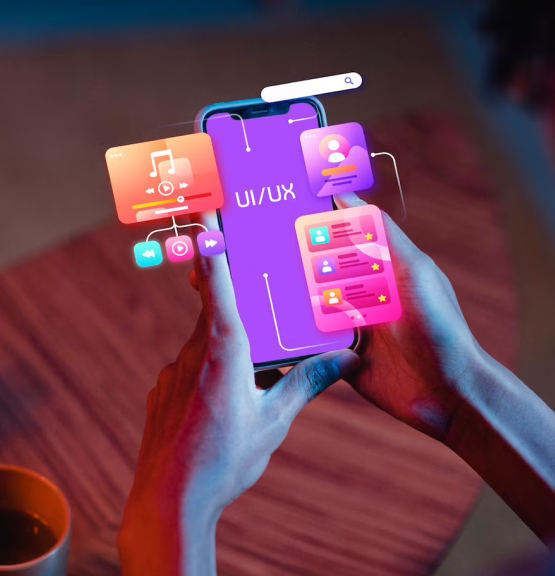
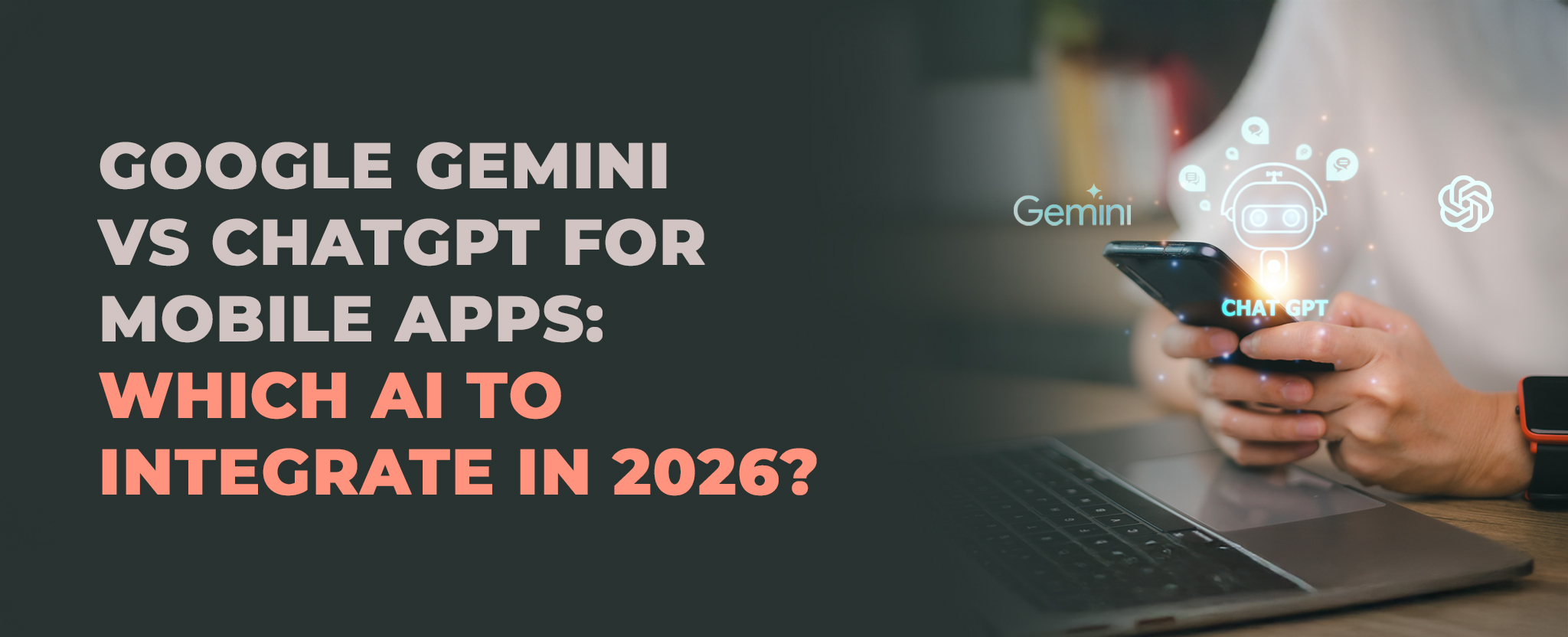
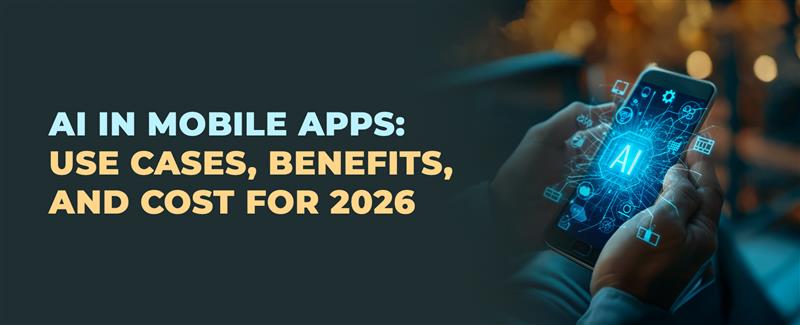
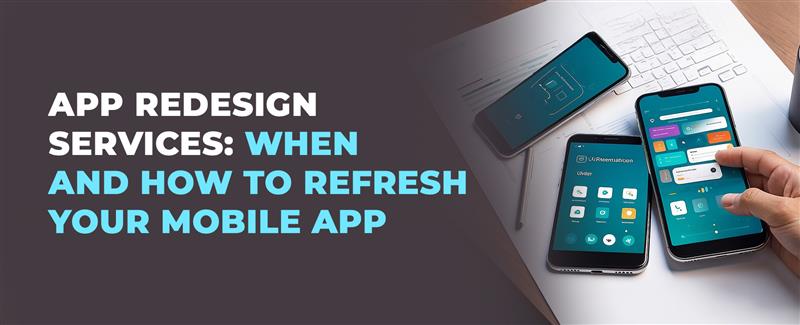
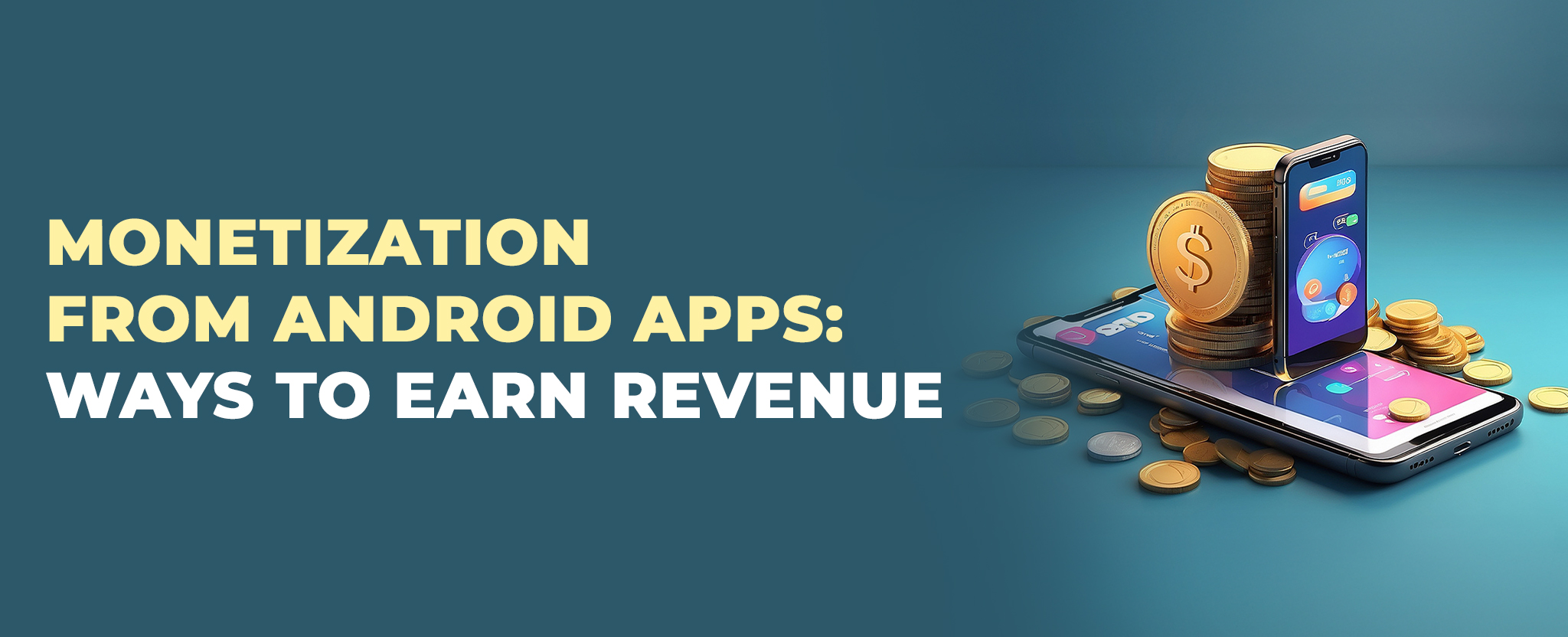






Comments